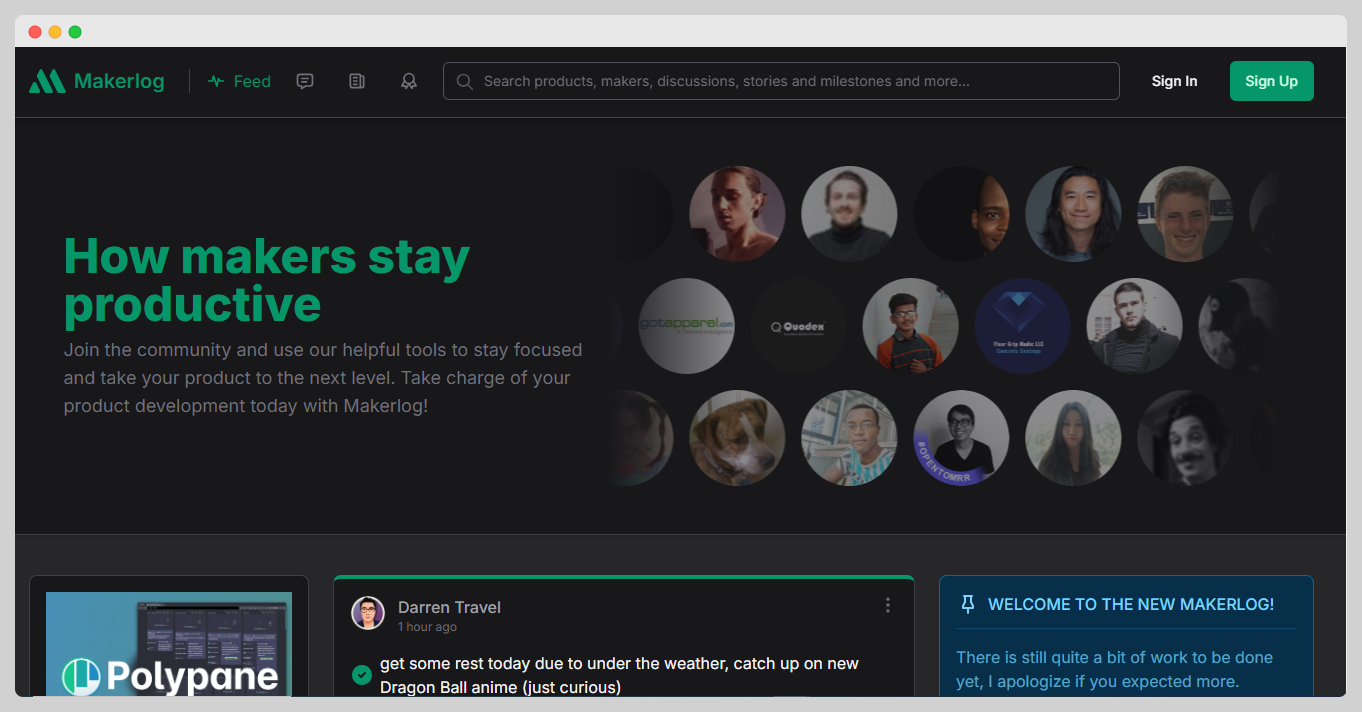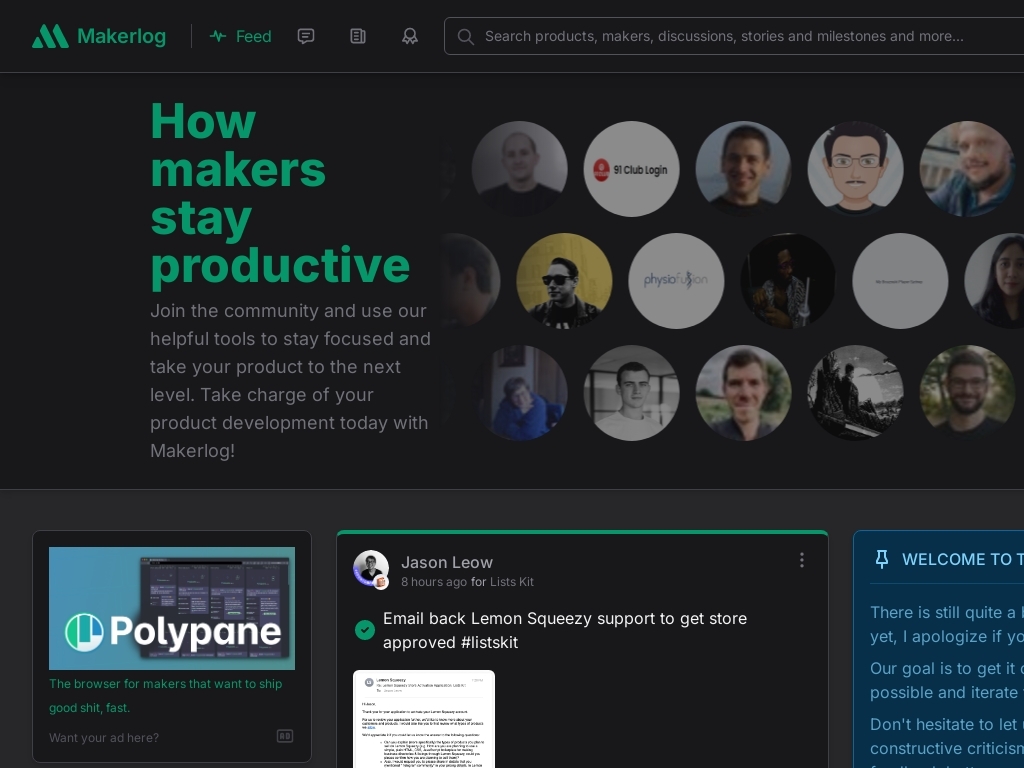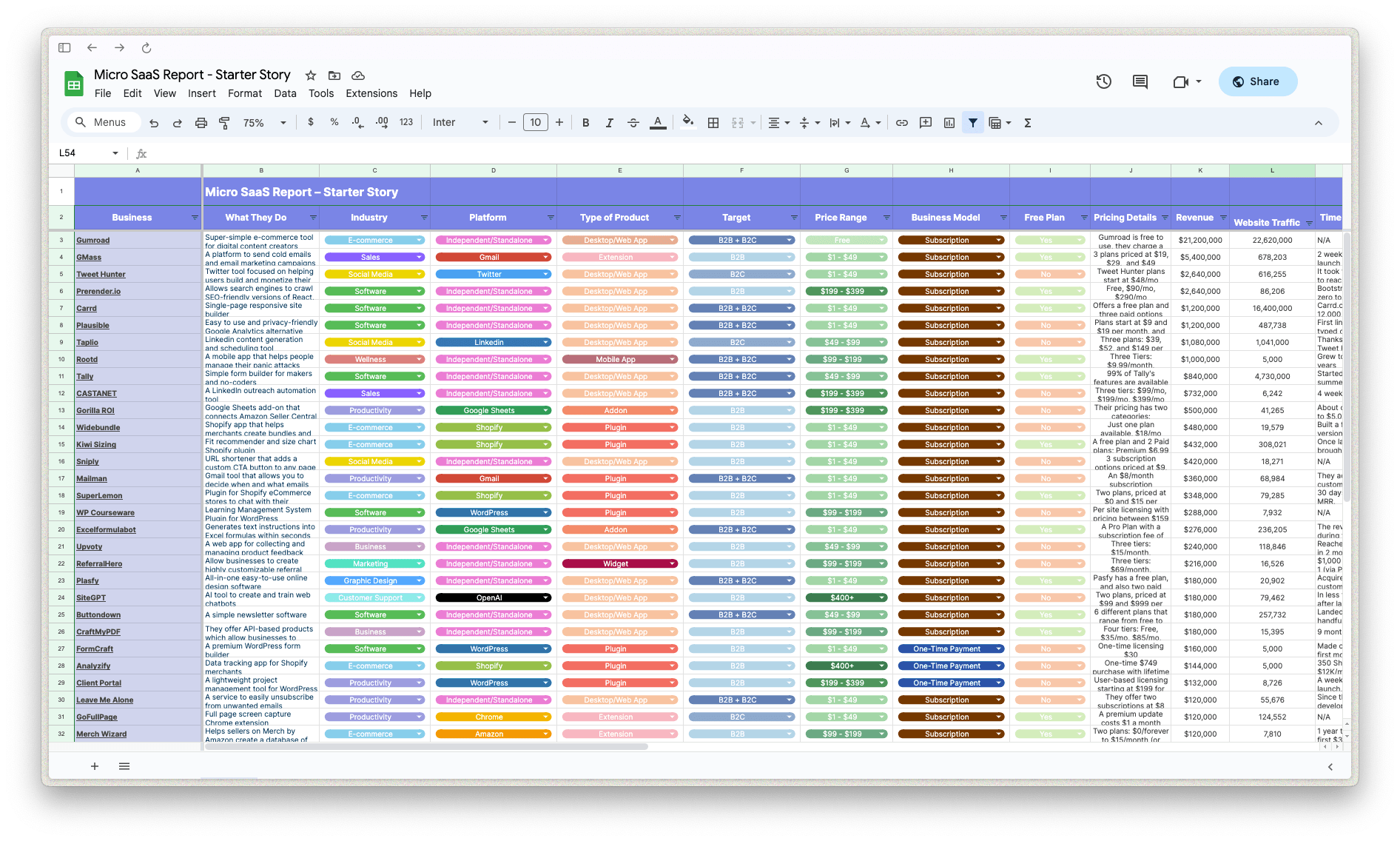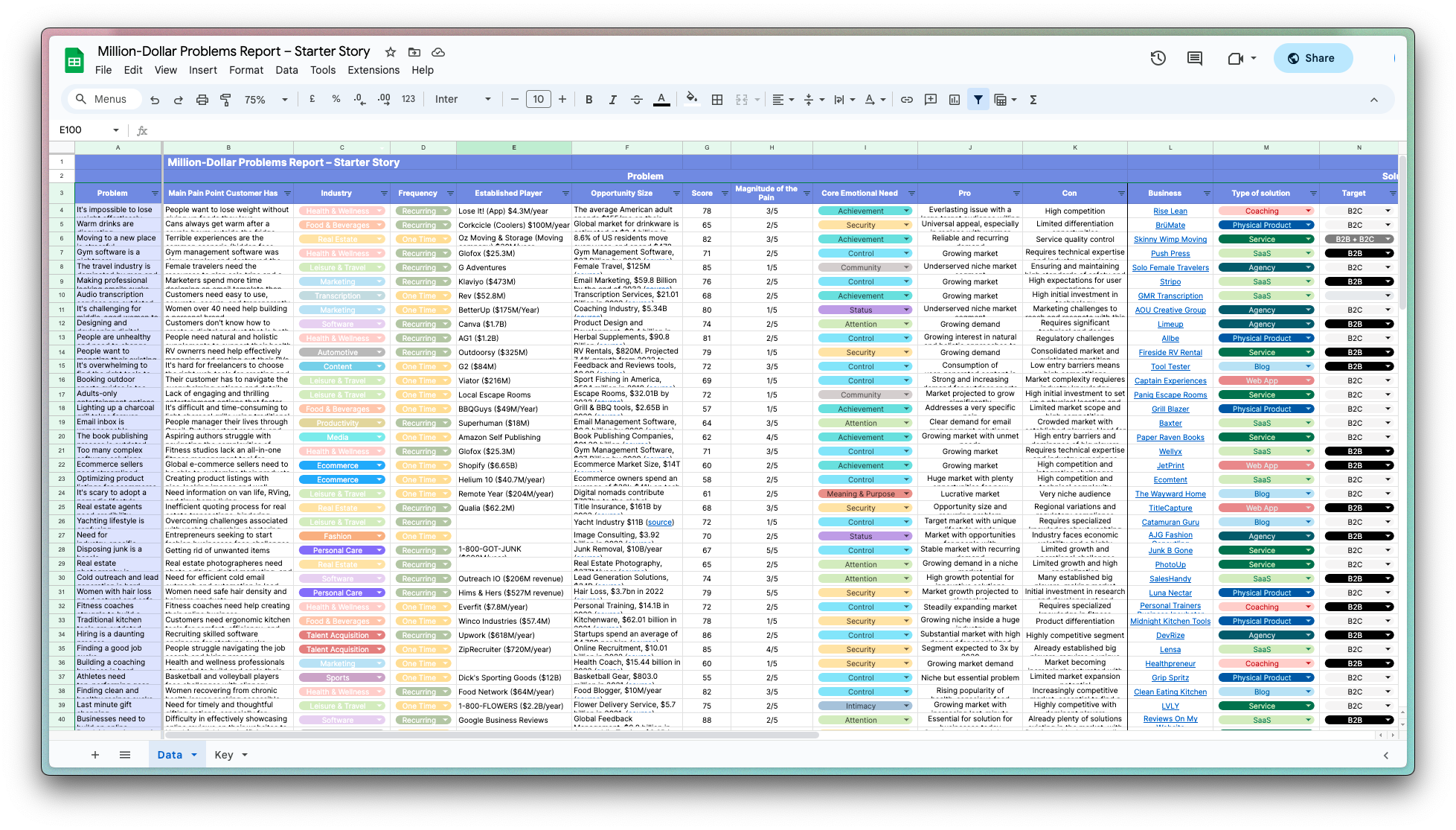How Sergio Mattei Built Makerlog for Over 7,000 Developers Worldwide
Who is Sergio Mattei?
Sergio Mattei is the founder of Makerlog, originally from Caguas, Puerto Rico. He started creating websites and software projects at a young age, and gained notable experience through participating in Microsoft competitions.
What problem does Makerlog solve?
Makerlog solves the problem of feeling isolated while working on projects by providing a community where makers can share progress, receive feedback, and stay motivated, making the often lonely process of creating a more collaborative and encouraging experience.


How did Sergio come up with the idea for Makerlog?
Sergio Mattei came up with the idea for Makerlog while exploring existing maker communities. As a maker himself, Sergio longed for a platform where builders could connect, share their progress, and support one another. This insight came after experiencing a sense of isolation in his creative journey despite being part of various communities.
Seeing the high cost of existing solutions, like WIP, Sergio decided to create Makerlog as a more accessible alternative. His initial creation was guided by the belief that if he had this need, others did too. The feedback from early adopters and the maker community helped him refine the platform to better serve its users'...
Disclaimer: The initial draft of this article was compiled by the Starter Story team based on publicly available interviews, podcasts, and other content from the founder. See the sources we used here.

Download the report and join our email newsletter packed with business ideas and money-making opportunities, backed by real-life case studies.

Download the report and join our email newsletter packed with business ideas and money-making opportunities, backed by real-life case studies.

Download the report and join our email newsletter packed with business ideas and money-making opportunities, backed by real-life case studies.

Download the report and join our email newsletter packed with business ideas and money-making opportunities, backed by real-life case studies.

Download the report and join our email newsletter packed with business ideas and money-making opportunities, backed by real-life case studies.

Download the report and join our email newsletter packed with business ideas and money-making opportunities, backed by real-life case studies.

Download the report and join our email newsletter packed with business ideas and money-making opportunities, backed by real-life case studies.

Download the report and join our email newsletter packed with business ideas and money-making opportunities, backed by real-life case studies.








